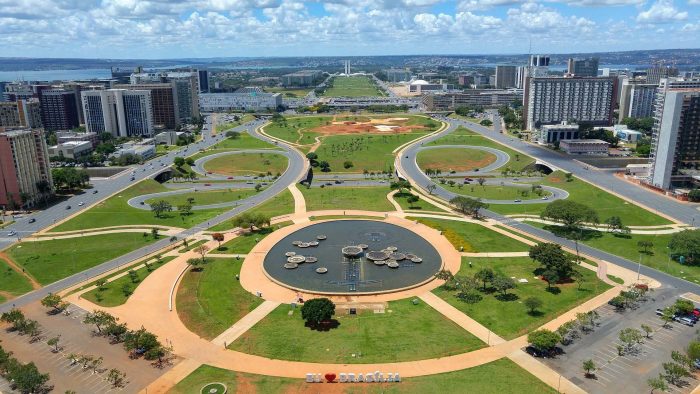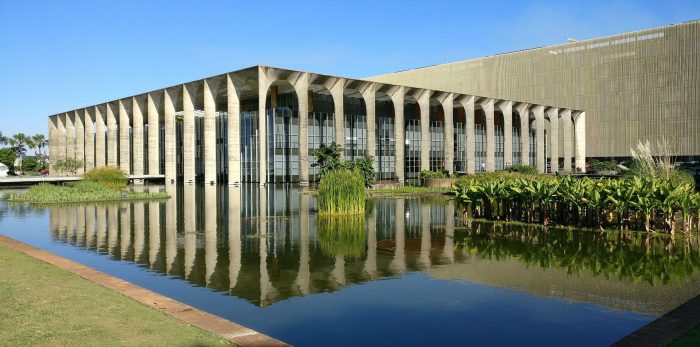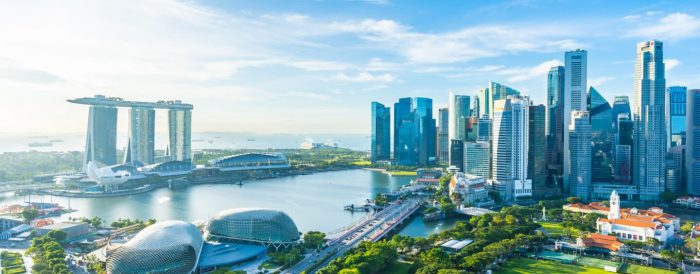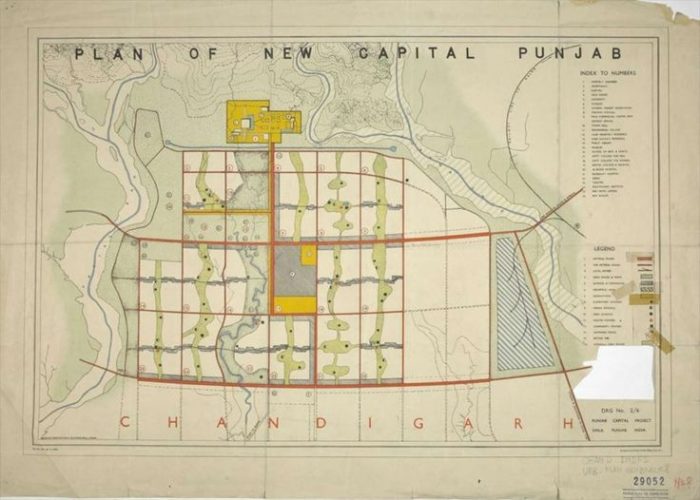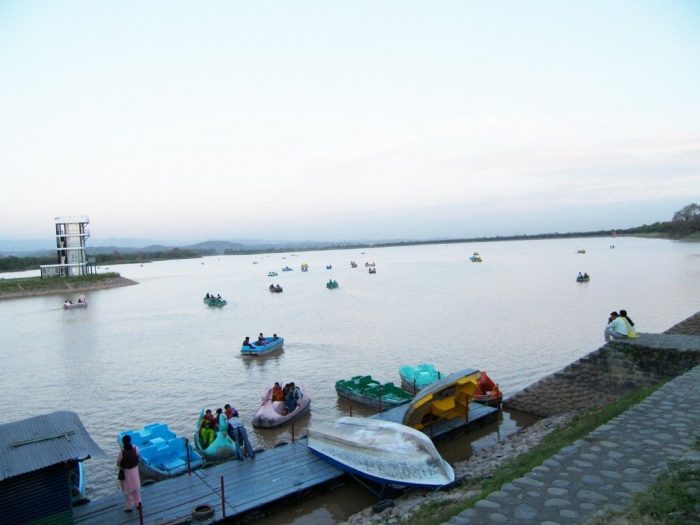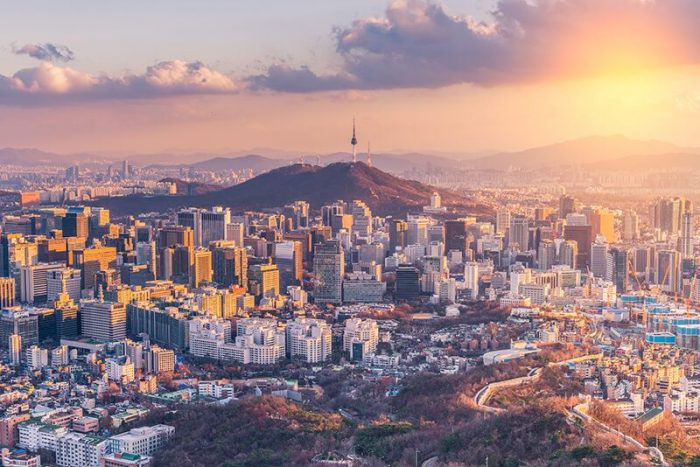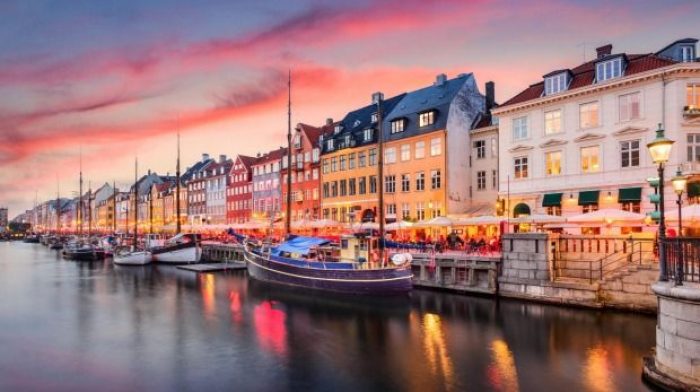Planning the spread of a city and the way it would respond to its inhabitants’ needs and ease is not a novel idea. Since ancient times mankind has striven to look for ways to enhance its lifestyle and comfort, City Planning presents one of the most vivid examples of the workings of our mind and intellectual usage of available resources to build a community that is not only efficient but larger than life. From veteran cities like Jaipur to new conceptions and inceptions that have yet to be realized, planning of habitable communities has received a lot of attention and thought. It is thus a herculean task to choose between them the world’s top five planned cities.
“A city is not an accident but the result of coherent visions and aims.” ― Leon Krier, The Architecture of Community
So what makes a city great? Let us explore the realm of good neighborhood characteristics by means of the selected five cities below and understand what makes them exceptional.
1. Brasilia, Brazil
The pilot plan by Lucio Costa for Brasilia was the Brazilian president Juscelino Kubitschek’s vision coming true for the supposed new capital of Brazil in 1956. It had been a long-time dream to spread Brazil’s population into its hinterlands. To build a city from scratch is indeed a Planner’s dream and few do justice to it the way Costa has done. Listed among UNESCO’s World Heritage Sites, the city is shaped like an airplane, paying homage to the jet age. Based on the principles of the “functional city” by Le Corbusier, the “plano de metas” for Brasilia accommodates the four functions of city-dwelling, recreation, work, and transportation in a balanced environment.
Costa was the master-planner for the city while Oscar Niemeyer served as the Chief Architect for all the important buildings. The crucial and most distinctive feature of the plan was the separating character of the administrative civitas and the urbs. It was a highly successful endeavor as it ensured fast completion of the prominent civic buildings allowing the world to get a glimpse of the city yet to come. This divide in the urban fabric also made it easier to locate the different buildings and zones. The whole city has been developed into specific zones allocating each function of a ‘functional city’ its required space. The central location of Brasilia is an added benefit and another reason for choosing the area for the Capital of Brazil.
Brasilia has two axes crossing each other at the center, the slightly curved horizontal one that is through the wings of the plane, comprises the residential zone. It adjusts according to the natural topography of the area and its drainage system. The city has been designed according to the best possible orientation and the least number of intersections. The other axis, known as the monumental axis, consists of the civic, administrative, and recreational zones. The banking and commercial sectors lie at the intersection, marking the design as well-thought-of and feasible. Well connected by all modes of transport, with even the smaller details of the city classified into zones, all of it makes for a simple yet outstanding plan.
2. Singapore City, Singapore
Singapore City is the result of deliberate urban growth. For a city with a land area of some odd 700 km² and a population of five million, it is doing quite well, considering that it is virtually squatter and slum-free with rapid economic growth.
Land-use planning of Singapore had its inception in 1819 with its founding father Sir Stamford Raffles, who formed a committee to draw up a plan for its urban development. The resulting plan divided separate ethnic groups of the time into separate zones, and that was the basis of the urban development there.
Today, the city has been developed into four living zones: North, East, South, and West, with an upcoming North-East Zone. Zoning for natural reserves, an industrial area, and others have also been carried out. To reduce congestion and to ensure easy communication, the commercial hubs of the city have been decentralized.
With no natural resources to count on, Singapore always had an eye for environmental planning and infrastructure development. Its high-density waste management policy is outstanding. The waste is regularly incinerated and because there is no space for dumping, the ashes are combined with marine sand to increase Singapore’s landmass. Also, sewage is filtered into drinking water through the use of updated technology.
The city handles its population spike by building underground and not just upwards. Other cities are taking inspiration from it. It truly deserves an ovation and a mention among the best-planned cities in the world.
3. Chandigarh, India
Revered Architects and City-Planners whose techniques and scholarly ideas are still referred to, like Le Corbusier, Pierre Jeanneret, Jane Drew, and Maxwell Fry have had a hand in building Chandigarh.
Located in the foothills of the Shivaliks, its foundation stone was laid in 1952. Albert Mayer drafted the first plan along with Matthew Novicki, and Le Corbusier modified it later. He changed the curvy pattern to a proper grid-and-iron layout, as we can see today. His reason for doing so was to facilitate the fast movement of vehicles, in addition to other economic factors.
It was a post-war Garden City that he built, with no vertical development whatsoever in accordance with the living habits of people and the climate of Chandigarh.
The whole plan is a metaphorical human being, with the capital complex at the ‘head’, the commercial center at the ‘heart’, and the ‘arms’ containing the academic and recreational centers. It is a proper ‘sector planning based on Le Corbusier’s principles of light, space, and greenery with each sector corresponding to the traditional Indian ‘mohalla’ concept. Every sector has a park and a shopping street, and they are all well connected.
The planning of Chandigarh not only covers the important aspects of a good neighborhood but also takes into account the needs and lifestyle of the Indians and that is what makes it an exemplary city.
4.Seoul, South Korea
Seoul is not just another well-planned city, it has a history that goes back to when it was Hanyang, the Capital of Joseon, 600 years ago. It is strategically located with a natural defense system consisting of mountains and streams. The Seoul from back then was built on the principles of Feng-Shui, with proper balance among the mountains, to ensure prosperity for the people inhabiting it. After the 1950-53 war in Busan, the Seoul Urban Reconstruction Plan started to take effect, and the first master plan was conceived in 1966.
What distinguishes Seoul from the other cities is its well-laid transportation network with coordination among various modes to provide a safe, easy, and fast commute. Moreover, traffic management is quite efficient with separate tracks provided for cyclists. It also has separate zones for residences, commerce, recreation, and other functions. The 2020 master plan for the city ensures objectives like having a business-friendly environment, beautiful urban scenery, Eco-friendly infrastructure, and welfare.
Due to the rapid growth of its population (fastest in the world from 1950 to 1975), Seoul introduced a Greenbelt policy inspired by that of London. These greenbelts are Restricted Development Zones (RDZ). They are very large, with an average of about 10 kilometers wide, beginning at about 15 kilometers from Seoul’s Central Business District. So as it can be seen, lessons can, definitely, be learned from Seoul, its rapid urbanization, and how to cope with it.
5. Copenhagen, Denmark
Copenhagen is probably the most different among other planned cities and has become a study-worthy concept over time. The “Five-Finger Plan” was developed in 1947 by Steen Eiler Rasmussen and Christian Erhard Bredsdorff in collaboration with the Urban Planning Laboratory.
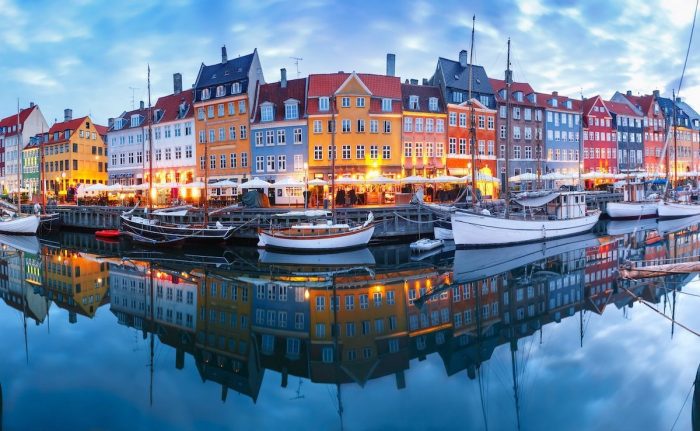
The Plan focuses on the Green spaces and the transportation system with metropolitan train lines which spread in the form of five fingers from the Palm that is Copenhagen City Center. Other modes of transport include a full network of buses, four lines of water-buses, and a metro system. An extra defining feature of the plan is the bike lanes widespread throughout the city, for which Copenhagen is renowned worldwide.
“We don’t have cyclists in Copenhagen, we merely have people who happen to ride their bicycles.”- City of Cyclists – Copenhagen bicycle life
Nearly 40% of people ride bicycles daily, and the numbers are expected to rise. In addition, it is a walkable city with shopping areas that are pedestrian-accessible.
Unlike other cities in so many respects, Copenhagen also focuses on creating green areas, especially playgrounds for children and gathering places. The latest regulations in the city-state that the maximum distance between green spaces and residences should be 300 meters, which allows for small pockets of greenery everywhere.
Future expansion plans for the city are currently underway. Copenhagen definitely earns its unique place among the great cities of the world with its authenticity and the simple charm oozing from every corner.
Our world is full of greatness at every corner, some natural and some man-made. The genius of man when combined with the perfect natural setting, the result is a well-planned ‘City’, in the true sense of the word. There are many more great examples like London, Paris, Washington D.C., Navi Mumbai, and others to look upon for inspiration. To build a perfect utopian society is perhaps not possible, but in chasing that dream we may find something akin to it.
To say it in a few words: “Perfection is not attainable, but if we chase perfection we can catch excellence.”- Vince Lombardi
By: Antara Jha


